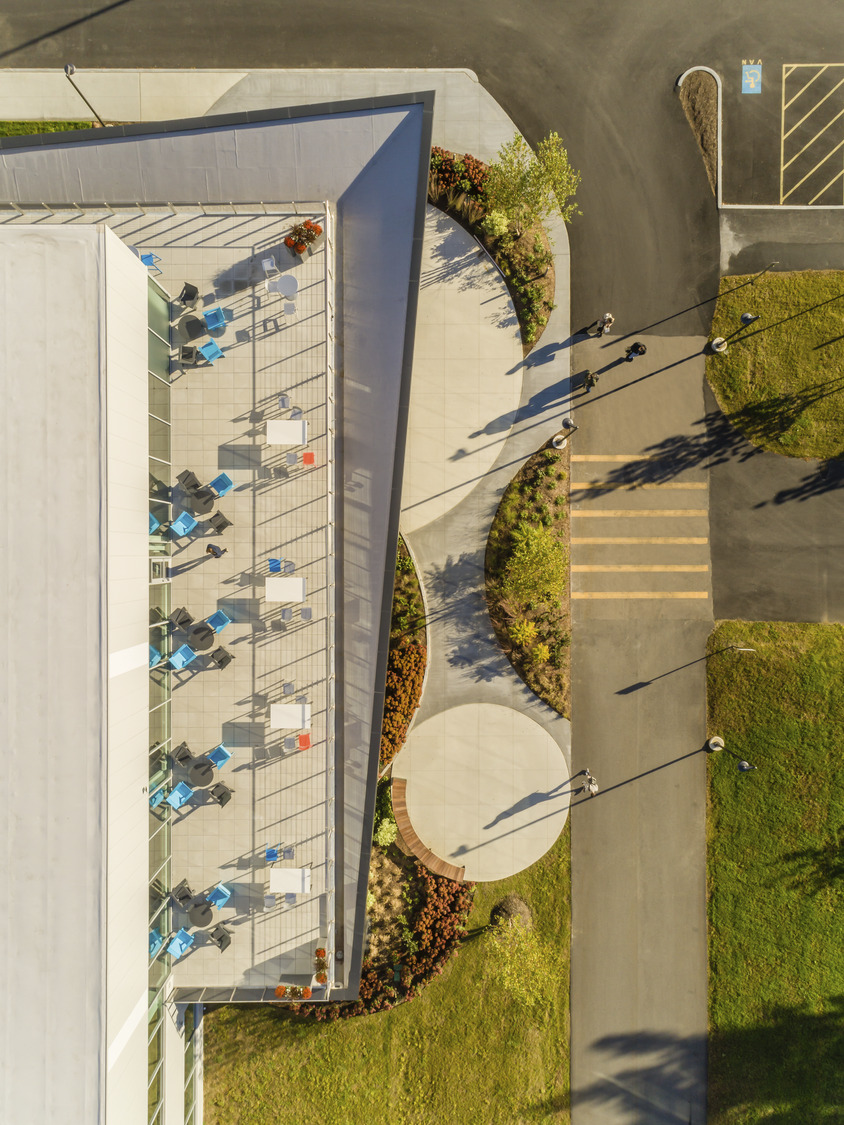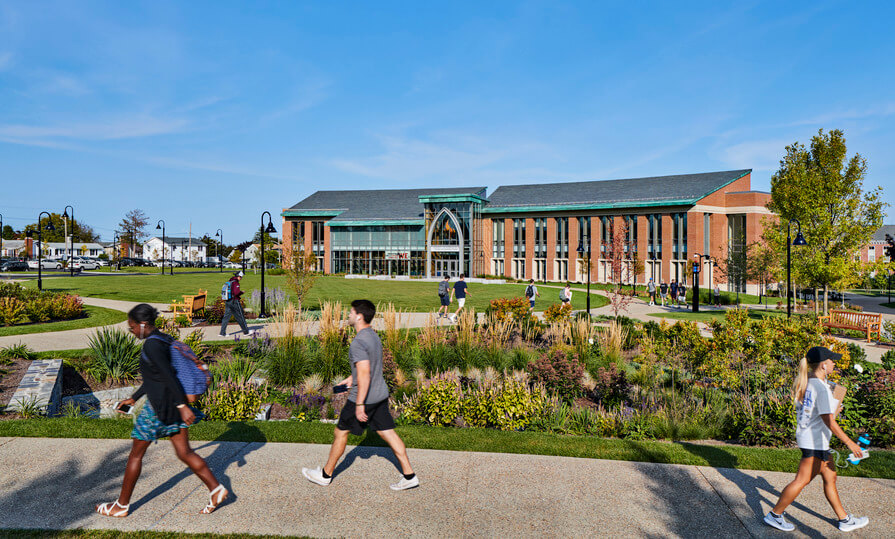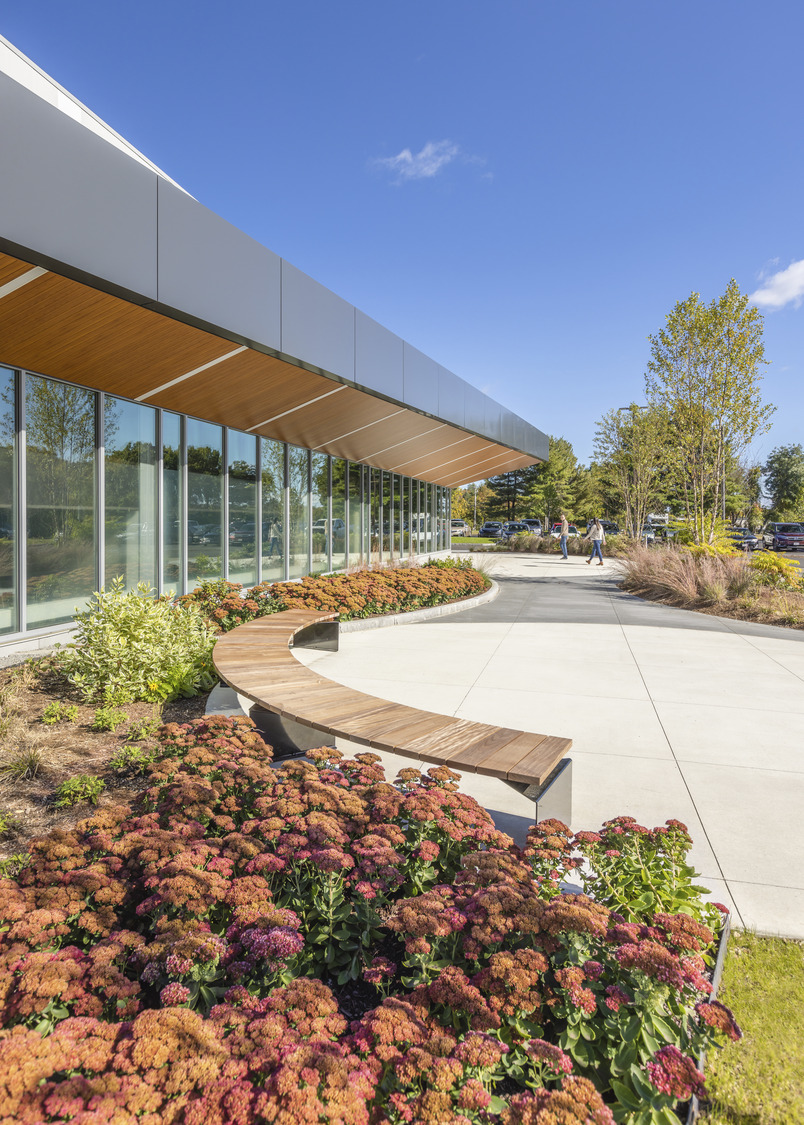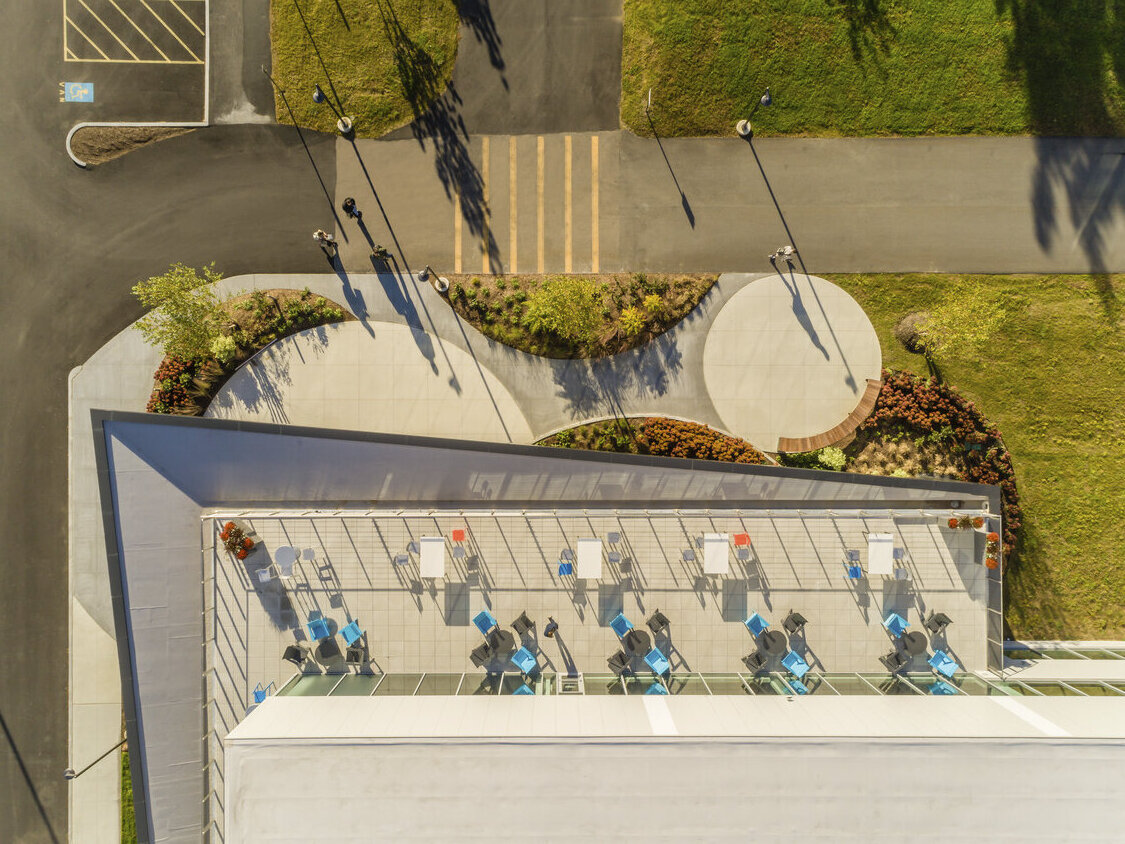How can we imagine and develop a more beautiful, yet functional, world? And how can landscape architecture serve to achieve these visions?

To tackle these questions, we sat down with Erik Vangsness, a landscape architect at SMMA, as part of an introduction to the profession. In this Q&A, Erik explains the most important considerations that landscape architects must apply to the development of the built environment.
What is landscape architecture, in your own words?
Landscape architecture is the design of outdoor spaces to achieve specific environmental, social, behavioral, and/or aesthetic outcomes. It focuses on different forms and structures that define outdoor spaces of different scales and programs. These range from expansive, pastoral settings such as parks to more formal, enclosed courtyards.
Our involvement begins with initial data collection and client interviews and continues through construction administration. Landscape architecture includes aspects of many different licensed professions and other design specialties. It blurs the lines between civil engineering, planting, and artistry, among other areas—it’s a very multi-disciplinary field.
“In everything we do as landscape architects, our primary responsibility is to promote human health, safety, and welfare.”
What does a typical day in the life of a Landscape Architect look like?
It depends on what’s required for a particular project. On a given day, we may attend site visits, meet with clients, and formulate site assessments and analyses to document critical, site-specific conditions. We might draft plans and specifications at our desks or organize and administer design charrettes with the community and in-house staff. A charette is where we sit around tables with blank pieces of trace paper over a base plan, trying to brainstorm appropriate design solutions.
The list goes on: we manage project teams, budgets, contracts, clients, and customer satisfaction. We also perform construction oversight and bidding support for clients to maintain clear lines of communication between our clients and contractors.
Otis Street Campus
View Project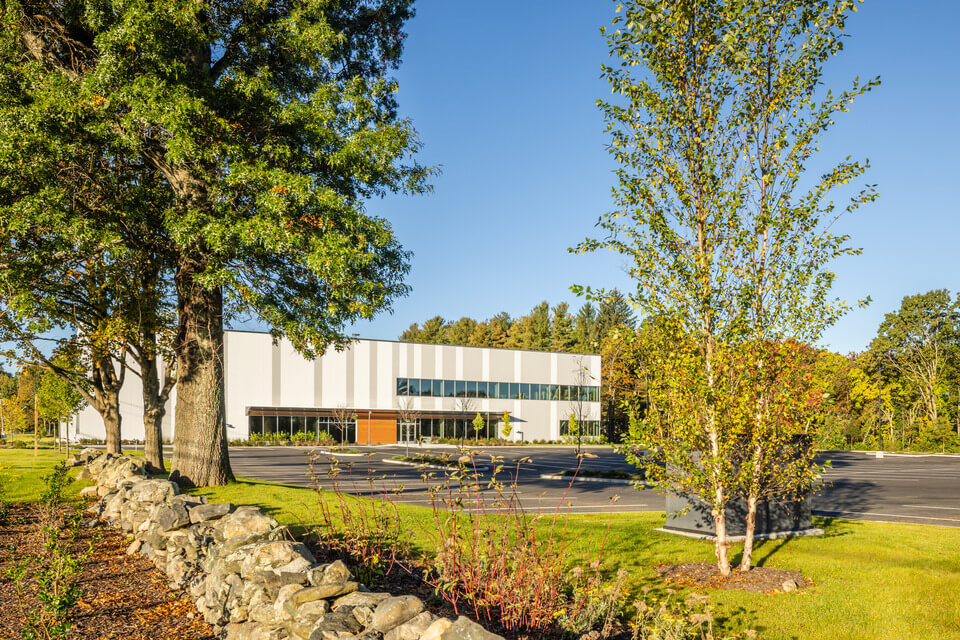
“At the end of the day, it’s also our responsibility to develop future landscape architects, so training and development are important parts of the job as well.”
Hood Park Plaza
View Project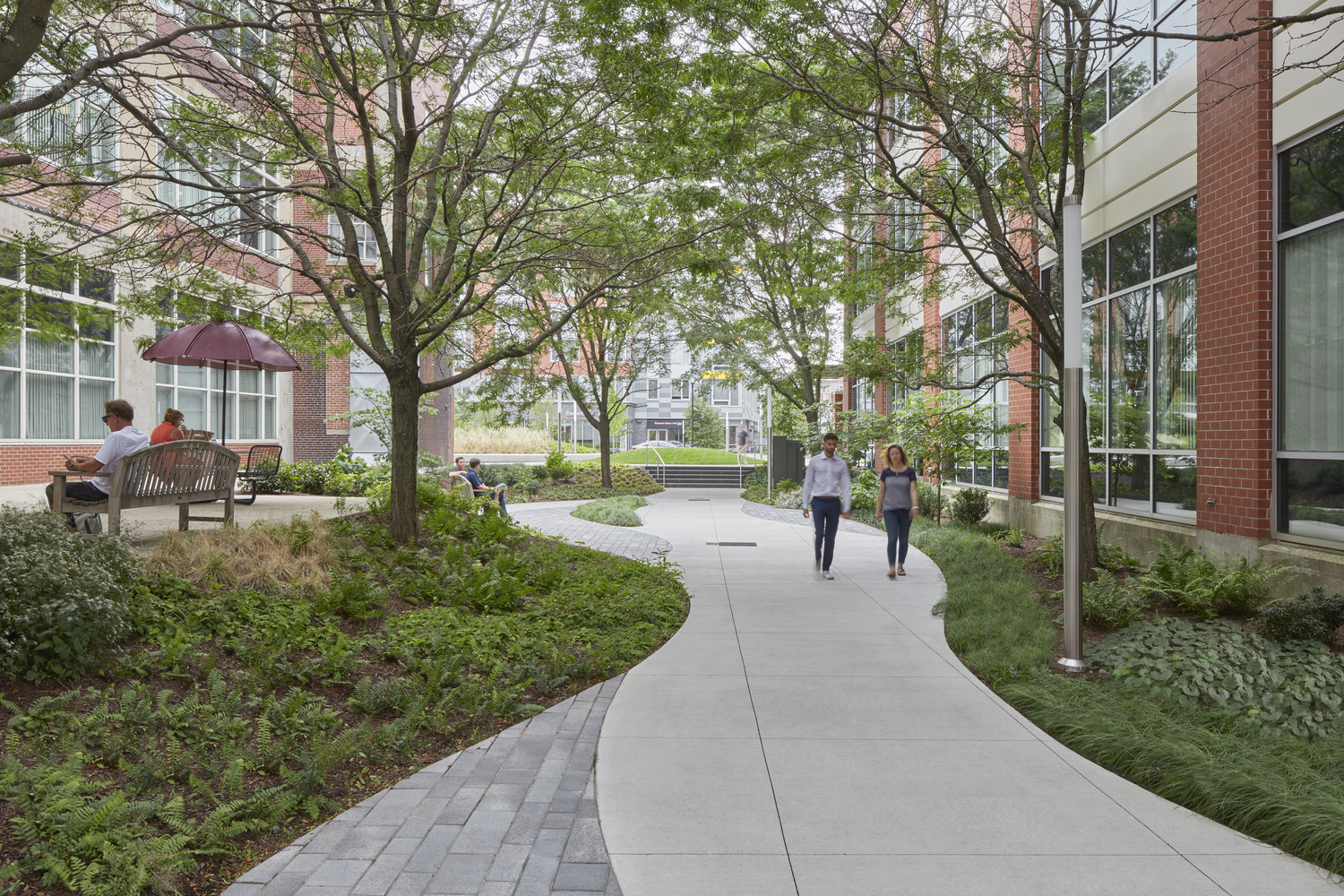
What are some of the biggest misconceptions about your field?
I think the main one is that we are gardeners who plant flowers and maintain lawns. Many believe we don’t understand construction. Being at SMMA is a huge advantage, because in a multidisciplinary firm people look at landscape architects very differently. We are always collaborating with other design professionals.
Another misconception is that many people think landscapes can be designed as an after-the-fact element—that we can come in at the eleventh hour and "pretty up" a site. That’s true to an extent, but we need to steer people away from that thinking.
“That’s why working in an integrated firm from project inception to completion is so successful: it produces a more coordinated and cohesive design.”
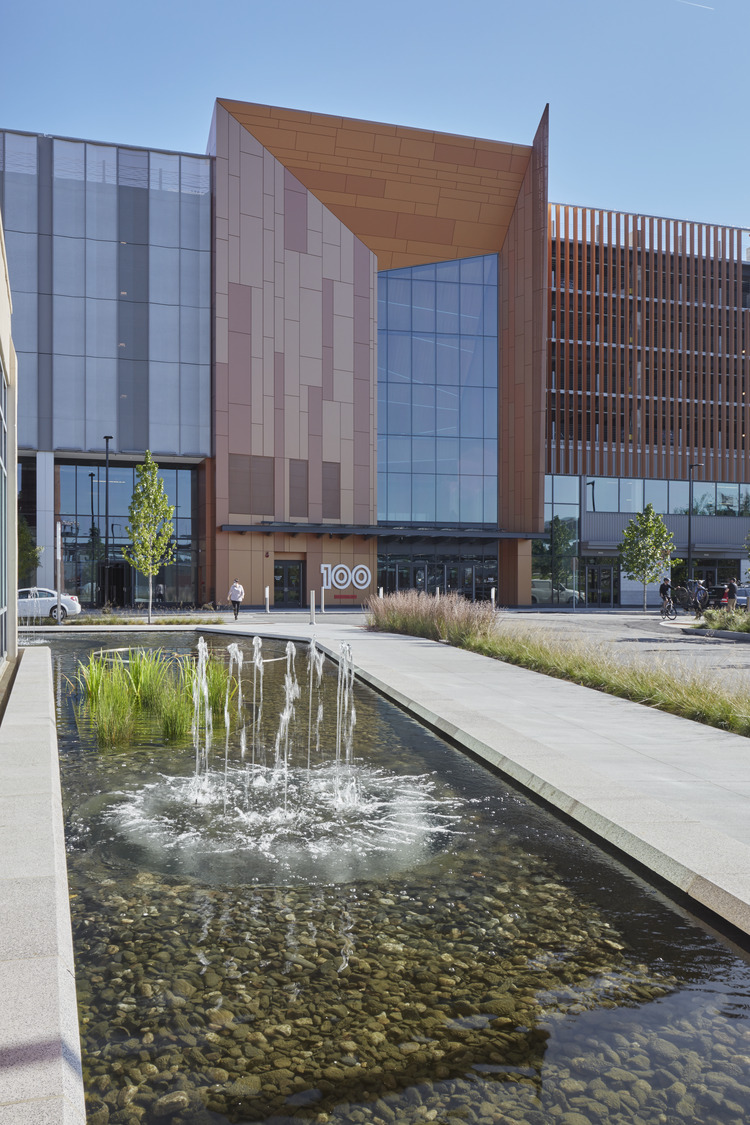

How has working in an integrated design firm benefited your work overall?
We get involved in the conversation earlier on so we can help direct and inform the design. In my experience, integrated teams are better able to create projects that harmonize buildings and other structures within the landscape. Landscape architects can draw the architecture of buildings out into the landscape, producing strong connectivity between indoor and outdoor spaces. It improves the functionality of built works because in their fluidity the site elements and the grading work together.
Often, you can also reduce potential conflicts and errors that occur when many outside consultants collaborate. When everything is in-house, there’s more quality assurance and quality control which can save clients time and money.
